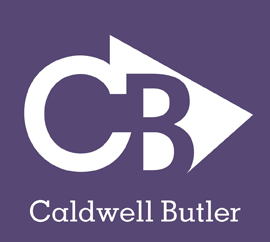
IQS (In-Quality Staffing) is a proprietary method for achieving proper staffing levels across the organization. Benchmarking, productivity standards, and resource denominated measure are of limited use to managers attempting to understand where and what to change. For example, productivity measure such as midnight census or worked hours per adjusted patient day do not provide an adequate picture of what happens on a nursing floor during the day. In contrast, IQS uses a quality-based approach to helping managers understand how to improve staffing on an hour-by-hour basis.
Research has shown that managers tend to resist and argue with external benchmarking data.
CBA has developed the following quality-based approaches:
Major Steps for In-Quality Staffing (IQS)
As a demonstration of IQS, let’s examine nursing care. It is common to see care standards that call for patient-to-nurse ratios not to exceed four patients per one nurse. But this view only represents half of the picture.
IQS includes not only defining the upper level of quality but also defining the lower limit, which denotes the point at which labor resource is wasted. For example, nurses will frequently define quality care as having no more than six patients per nurse but no less than three patients. Furthermore, examining data on an hour-by-hour basis provides the granularity to see where demand for services exceeds or does not match allocated resources.
Experience has shown that managers see external data and analysis as suspect. CBA recommends leading managers through an exercise where manager collect 14 days of data. CBA has created proprietary tools that make this process easy and well accepted by managers. This has proven to be the fastest route to implementation and drastically improves manager acceptance of the conclusions.
Managers review their data and graphs. Using this information, managers develop an Idealize Staffing Plans which allow them to meet their own definition of quality staffing 95% of the time. This provides a clear assessment of their current state and desired future state. More importantly, analyzing this data on an hour-by-hour basis provides managers valuable insights on how to implement improvements.
Managers and their respective leaders will review opportunities and make decisions on which strategies should be implemented to close their gap. CBA provides eight common methods for improving staff deployment.
CBA uses Rapid Cycle Testing to help managers reduce their fears and concerns regarding proposed changes. Managers are encouraged to systematically test their assumptions and demonstrate that their proposed staffing solutions will work and produce the anticipate gain in performance.
Organizations need to hardwire the gains by using proven engineering concepts and control plans. This discipline is required for gains to be maintained.